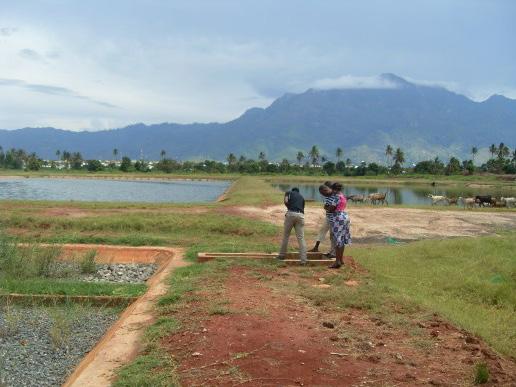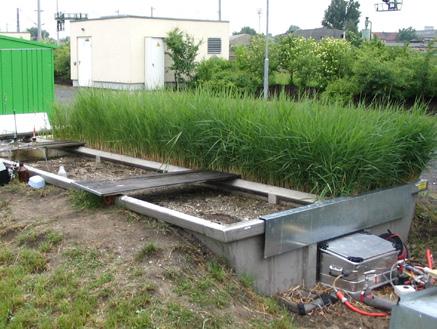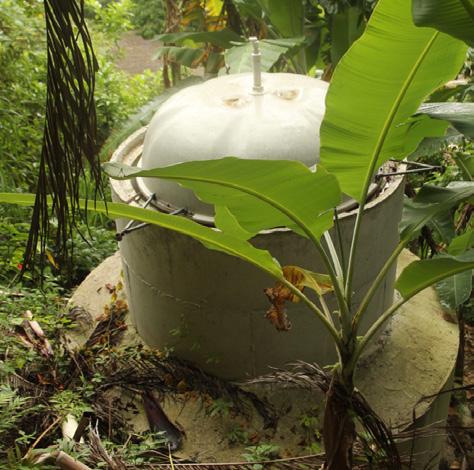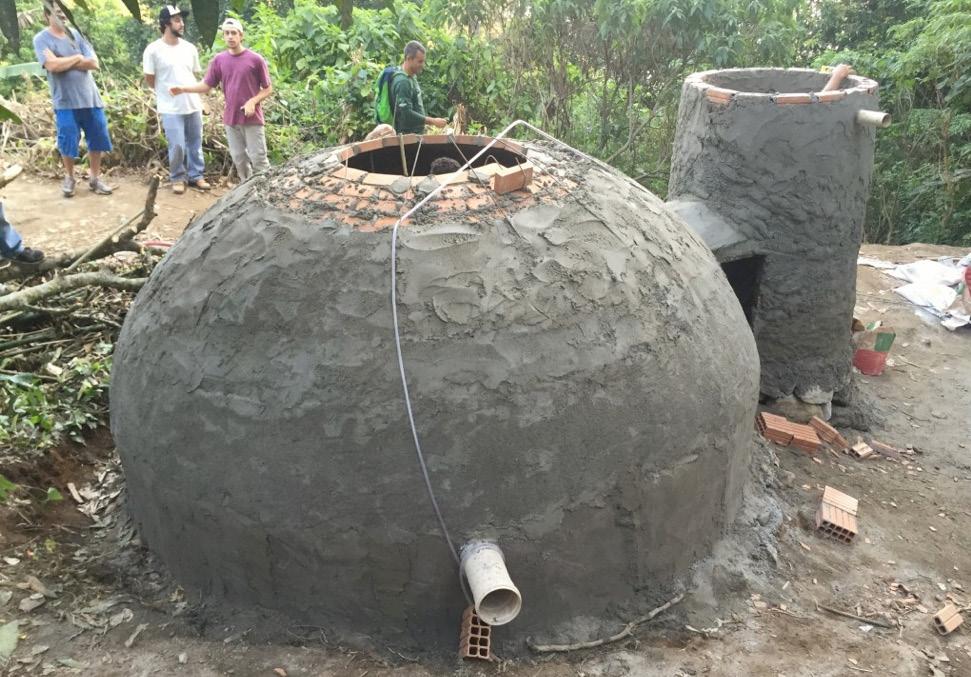
2 minute read
Status of Sewage Infrastructure In São Paulo
206 Example of a Waste Stabilization Pond ([Waste Stabilization Ponds] n.d.)
207 Example of Constructed Wetland (Braeckevelt 2007)
Constructed Wetlands

Constructed wetlands utilize the processes of natural wetlands to clean wastewater. While a cost-effective solution, constructed wetlands require pre-treatment, so they cannot stand on their own (Parkinson and Tayler, 2003). Moreover, in environments where waterbased diseases are a concern, constructed wetlands require vector control as to not further perpetuate public health problems (Parkinson and Tayler, 2003).
STATUS OF SEWAGE INFRASTRUCTURE IN SÃO PAULO
Proper wastewater management is a challenge for the City of São Paulo. São Paulo is surrounded by water, with a series of tributaries in the north for drinking water and water storage reservoirs in the south; yet, wastewater treatment is mismanaged at best. Water and wastewater is managed be the Companhia de Saneamento Básico do Estado de São Paulo S.A. (SABESP) owned by São Paulo state. SABESP serves areas of São Paulo city and state. The network extends to approximately 3.9 million households (Stepping, 2016). While reported values can vary, approximately 70% of the total sewage is collected and approximately 95% of the urban sewage is collected (Stepping, 2016). Critically however, only about 51% of the total sewage collected is treated (Stepping, 2016). This clearly indicates that while approximately one third of sanitation investment in Brazil is directed towards SABESP, the sanitation system may be overcapacity or in need of repair to be functioning properly (Stepping, 2016).

CASE STUDY: Rio de Janeiro, Brazil
Favela Vale Encantado is a peripheral favela of Rio de Janeiro, Brazil which has developed a sustainable model for their community including new sewage infrastructure and an eco-tourism industry. They recently installed a biogas system, which is the second of two in the community. This is a combination of a biogas digester that uses anaerobic methods to generate biogas producing sludge and liquid waste, and a small constructed wetland area to purify the effluent (Lepercq, 2015). Ocupação Anchieta, like Favela Vale Encantado, is not an isolated situation, as an informal settlement looking to improve their infrastructure. Decentralized sewage was an effective option for this community. Looking ahead – the idea of ecotourism could be a vision of the Occupation.
208 Lepercq (2015)







